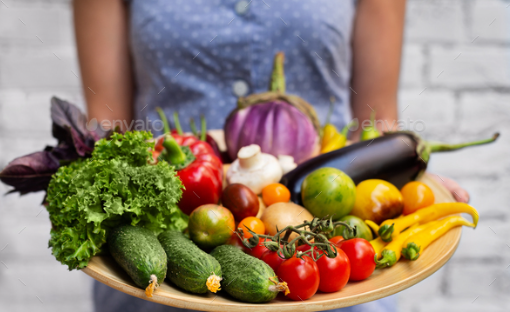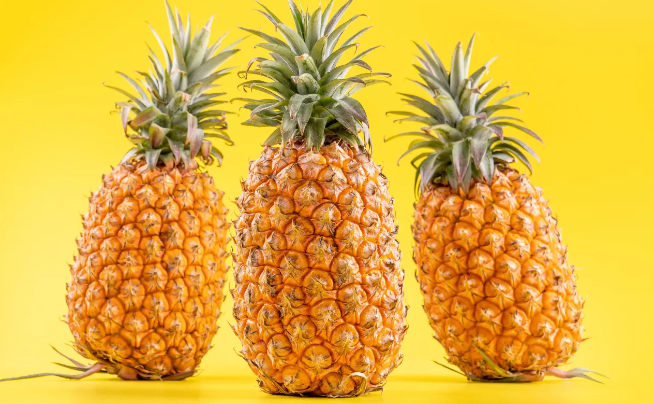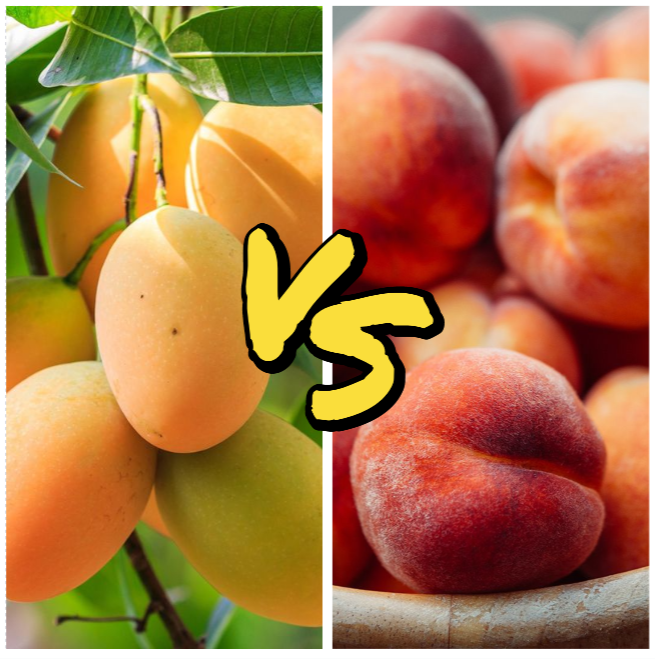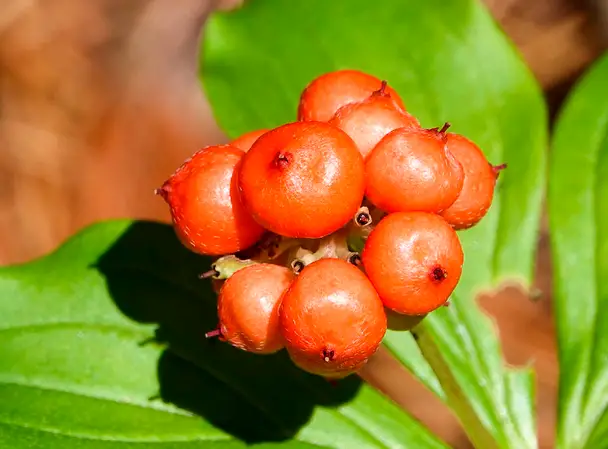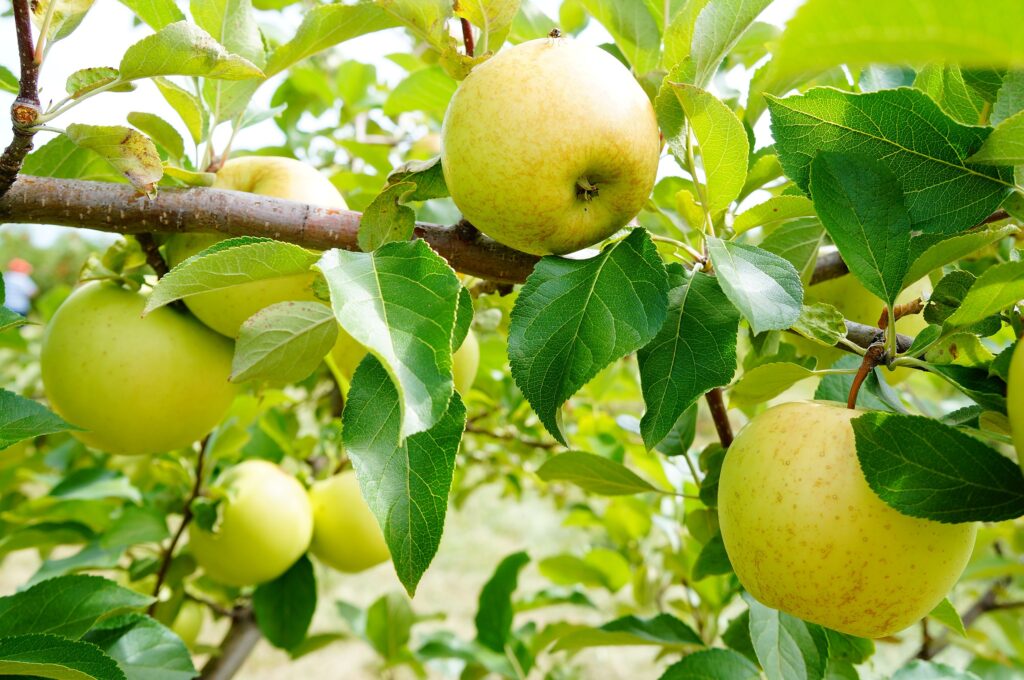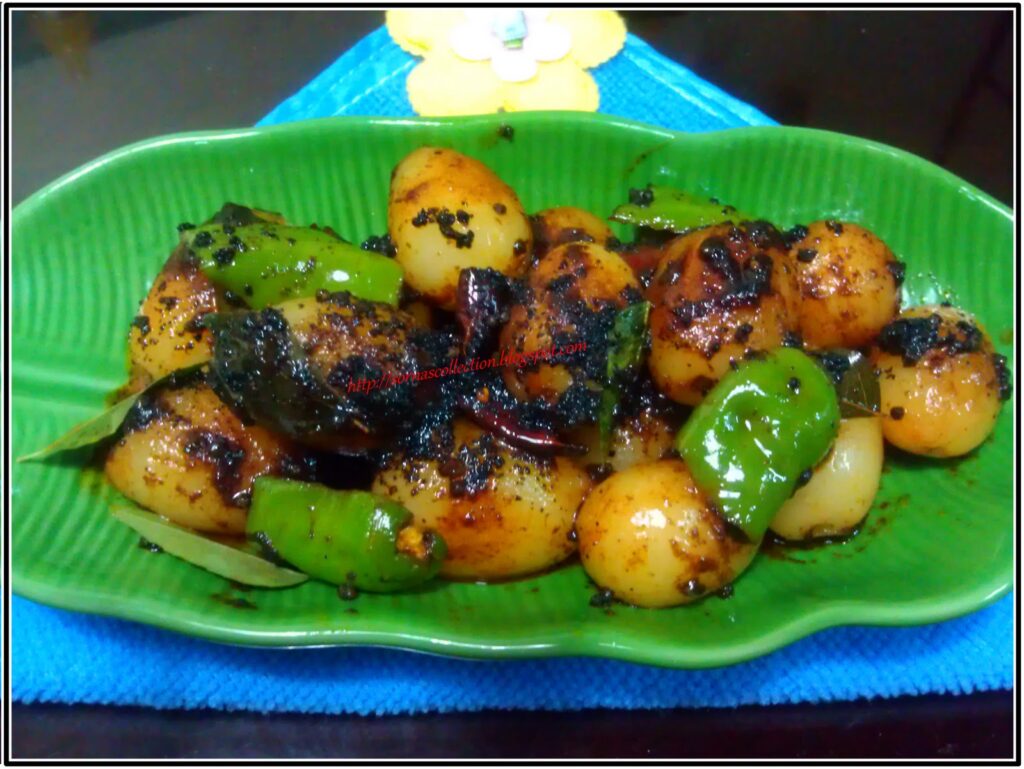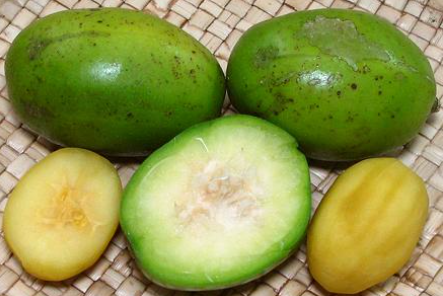All countries have special symbols, including national fruits, which represent their heritage, principles, and the things they value. For Singapore, its national fruit is more than just a part of its food culture; it also shows the nation’s dedication to protecting the environment. This beloved fruit is an essential piece of what makes Singapore unique.
Though Singapore might be small in size, it shines brightly with its dynamic economy, diverse cultures, and a wide range of food offerings. A significant aspect of its cultural pride comes from having a particular fruit that represents the nation—a fruit that’s celebrated for its taste and its connection to nature.
In the following sections, we’ll dive into the background of Singapore’s chosen national fruit, its importance, how it’s ingrained in local culture, and why it was selected as such a significant symbol for this tropical island nation.
Table of Contents
- Identifying Singapore’s National Fruit
- Delving Into the History of Singapore’s National Fruit
- What Does Singapore’s National Fruit Look Like?
- How Is the National Fruit Used in Cooking?
- What Are the Health Advantages of Singapore’s National Fruit?
- Exploring the Cultural Impact of the National Fruit
- Other Fruits Found in Singapore
- Wrapping Up
- The Durian: Singapore’s National Fruit
- Frequently Asked Questions
Identifying Singapore’s National Fruit
The durian claims the title as the national fruit of Singapore. It’s famous (and sometimes infamous) for its strong smell and soft, creamy inside. Durian is a staple in many local dishes, proving its popularity despite its highly debated scent.
Delving Into the History of Singapore’s National Fruit
With its unique, spiky shell and a smell that’s hard to forget, the durian originates from Southeast Asia and has grown in Singapore for many years. Initially, not everyone was fond of its potent aroma, but natives have long valued its distinctive flavor and texture.
In the year 1979, the Singaporean government decided to honor the durian by officially naming it the national fruit. This was due to its popularity among Singaporeans and its export potential, as well as its deep roots in the culture of Southeast Asia. Ever since, the durian has become a proud emblem of Singapore’s identity, deeply ingrained in its culinary arts, cultural expressions, and arts scene.
What Does Singapore’s National Fruit Look Like?
Often heavy and covered in thorns, a durian can weigh up to 3 kilograms. Opinions on its smell can vary greatly, while the fruit’s creamy, custard-like flesh is generally described as both nutty and sweet.
Those unfamiliar with durian may find its sharp, spiky shell daunting. This tough exterior protects the tender insides. Opening a durian takes some skill and careful handling to avoid the spikes.
How Is the National Fruit Used in Cooking?
Singapore’s cuisine features the national fruit in both sweet treats like ice cream, puffs, and pancakes, as well as in savory meals such as curries and fried rice. Its flavorful blend of sweet and savory notes and soft consistency makes it a hit in various dishes.
When used in food, durian’s intense fragrance can overwhelm, calling for open-air or well-aerated kitchens. Its creamy texture also requires careful treatment to avoid a mushy outcome in recipes.
What Are the Health Advantages of Singapore’s National Fruit?
Durian, like many other fruits, offers a range of nutrients. It’s packed with vitamin C, which fights off cell-damaging free radicals, and vitamin B6, vital for brain health and metabolism.
It’s also a rich source of dietary fiber for digestive wellness and potassium, maintaining heart health and blood pressure levels.
Exploring the Cultural Impact of the National Fruit
In Southeast Asia, the durian has been treasured for centuries. It’s not just a tasty treat; it stands for Singapore’s culinary heritage and social responsibility for nature.
The durian also takes a prominent role as a cultural symbol in Singapore, appearing in art and literature and even inspiring musical compositions. It is a marker of national pride, and tourists often get to sample its unique flavor at local fruit stalls.
Other Fruits Found in Singapore
Besides the renowned durian, Singapore is home to a range of other exotic fruits, including:
- Mangoes: Prized for their sweetness, local and imported mangoes are a treat in Singapore.
- Rambutans: These small, red-hued fruits have a sweet taste with a hint of tartness.
- Longans: Sweet and floral in flavor, these round fruits are a delight.
- Pineapples: Renowned for their perfect balance of sweetness and tanginess, pineapples are commonly used in local fare.
Wrapping Up
The Durian: Singapore’s National Fruit
In Singapore, the durian fruit holds a special place as the national fruit. It’s a fruit that many people in Singapore and those who visit the country really enjoy and celebrate.
What’s so interesting about the durian is its taste, how it feels when you eat it, and the way it looks. All these features have made the durian a key part of what makes Singapore special. It’s a big part of the food people eat there and shows how much Singaporeans value food and the natural world. People have strong feelings about durian—some absolutely love it, while others can’t stand it. But one thing is sure: you can’t just ignore this unique fruit.

